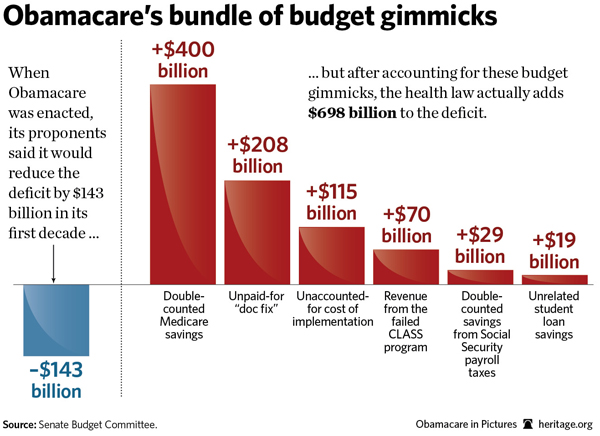Ryan: Obama Practicing ‘Lost Decade Economics’
When asked by the Washington Examiner about the policy choices facing American voters this election, Paul Ryan painted a picture of stark contrasts, beginning with the Obama Administration’s high-tax, high-spending approach:
“Those kinds of packages won’t succeed in preventing a debt crisis. We’ll pass one round of austerity, that won’t work, then the bond markets will get us, then we’ll do another round and another round, just like what Europe is going through now. We will have chosen to go on the path to decline and we’ll have a lost decade,” Ryan explained. “We see the president and his party are basically practicing lost decade economics,” he finished.
Moving to the Republican alternative, Ryan explained, “We think we have one more great chance, if the elections go the right way, to turn this thing around once and for all. And address it, the right way, up front. With real entitlement reform, restructuring these programs. Real tax reform to get back to growth. We want growth we want opportunity, we want reform, so that we fix this the American way.”
In terms of jobs and economic opportunity, it certainly has been a lost half-decade under President Obama. Doubling down on more of the same for another presidential term would likely consign an entire generation of workers to a lifetime earnings amount much lower than their parents.
President Obama may be willing to tolerate being the first leader to see a generation of kids live below their parents’ standard of living since World War II. (What else explains his campaign’s “Life of Julia” foolishness?) However, my suspicion is that a majority of voters are not interested in either Lost Decade Economics or much less a lost generation of opportunity.
Good sound bites convey truth in a memorable way. Kudos to Ryan for correctly identifying the likely result of Obama’s wasteful policies.


 CFIF Freedom Line Blog RSS Feed
CFIF Freedom Line Blog RSS Feed CFIF on Twitter
CFIF on Twitter CFIF on YouTube
CFIF on YouTube